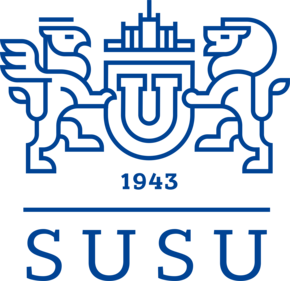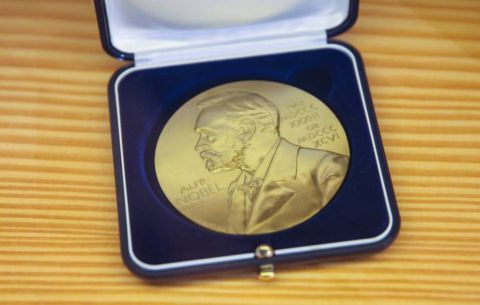On October 8, 2025, the Nobel Prize in Chemistry “for the development of metal-organic frameworks” was awarded to Susumu Kitagawa (Australia), Richard Robson (Australia), and Omar M. Yaghi (USA).
Metal–organic frameworks (MOFs) are a construction kit in which metal units (iron, zinc, and zirconium ions) are connected via organic linkers, resulting in a "superporous" material.
A parallel can be drawn with a multi-story parking garage, but at the nanoscale. The building's frame is metal. Organic linkers comprise the floor, walls, and ceiling of each cell. What kind of "cars" can this parking lot be used for? These could be medications that need to be delivered safely to their destination. Or these could also be carbon dioxide molecules or harmful substances that the other way round need to be removed from an environment.
And given that it is about molecular scales, a huge number of such cells can be produced. For example, the total surface area of the organic cells in one gram of MOF with a density of 6000 square meters per gram can be as large as a football field!
Moreover, the walls of the cells are not simple. They can react to environmental changes. For example, MOF-based technology is used to detect explosives or other substances.
And of course, a scientist can design a MOF structure in the desired shape. And the choice of metal will help achieve the targeted modification of the substance's structure.
The desire to create future materials based on metal-organic frameworks (MOFs) has swept the globe. South Ural State University, where the departments of Theoretical and Applied Chemistry and Materials Science and Physical Chemistry of Materials are developing such materials, is no exception.
Irina Iushina, Candidate of Sciences (Chemistry) and research fellow at the SUSU Laboratory of the Multiscale Modelling of Multicomponent Functional Materials, creates computer models of MOFs and studies their mechanics, phase transitions, and other physical and chemical properties.
In 2024, Dmitry Zherebtsov, Doctor of Sciences (Chemistry) and senior research fellow at the Department of Materials Science and Physical Chemistry of Materials at the SUSU Institute of Engineering and Technology proposed and implemented the original concept of an "anti-MOF", an "anti-metal-organic framework", by reversing the roles of anions and cations.
"In addition, SUSU has obtained two new linker molecules —diacetylenedisalicylic acid and hexabromoterphenyldicarboxylic acid," Dmitry Zherebtsov told about the achievements. "So SUSU is contributing to the global development and research of metal-organic frameworks."
Metal-organic frameworks can be used in any industry where high surface area and selective adsorption are important, such as hydrogen storage, sensors, and air purification.
Read about the achievements of our scientists in the "Science at SUSU" blog.




